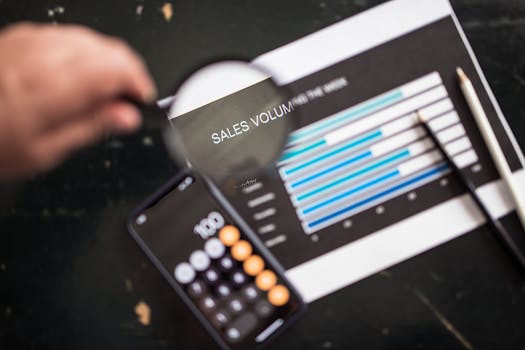Financial forecasting is essential for startup founders to plan growth, manage cash flow, and communicate confidently with investors. It involves estimating key numbers like revenue, cash runway, burn rate, customer acquisition cost (CAC), and lifetime value (LTV). This guide breaks down the forecasting process into clear, actionable steps with recommended tools and best practices.
Gather Historical Data and Market Research
If you already have some revenue or user data, start by collecting that. If you are pre-revenue, do market research to estimate potential sales volumes, pricing, and customer behavior. Use reports from sources like CB Insights, Statista, or industry-specific surveys to support your assumptions.
Build a Revenue Model
Forecast your revenue monthly or quarterly, ideally for the next 12 to 24 months. Break down revenue streams clearly, for example:
- Number of customers or users acquired
- Average revenue per user or customer (ARPU)
- Pricing tiers or product lines
For example, if you expect to acquire 100 customers in month one, each paying $100 monthly, revenue for month one is $10,000. Adjust projections for growth rate, churn, or seasonality.
Tools like Google Sheets or specialized templates like those from “Startup Financial Model” by Causal (https://www.causal.app) are excellent for this.
Calculate Burn Rate and Runway
Burn rate is how much cash you spend monthly to operate. Track all expenses including salaries, rent, marketing, software, and miscellaneous costs. Calculate:
Burn Rate = Total Monthly Expenses
Cash runway shows how long you can operate before running out of money:
Runway (months) = Cash in Bank ÷ Burn Rate
Aim for at least 12 months runway to avoid fundraising pressure. Use apps like QuickBooks or Expensify for expense tracking to keep this accurate.
Estimate Customer Acquisition Cost (CAC)
CAC is the total sales and marketing spend divided by the number of new customers acquired in a given period. For example, if you spend $5,000 on ads and sales and acquire 50 customers:
CAC = $5,000 ÷ 50 = $100
Track all costs related to acquisition including salaries of salespeople, marketing software, ad spend, and agency fees. Tools like HubSpot and Google Analytics can help you monitor conversion funnel metrics.
Calculate Customer Lifetime Value (LTV)
LTV estimates how much revenue a customer generates over their entire relationship with your company. Key inputs include:
- Average purchase value
- Purchase frequency
- Customer lifespan (how long they stay active)
A simple LTV formula:
LTV = ARPU × Gross Margin % × Average Customer Lifetime (months)
For SaaS startups, you can use churn rate to estimate lifetime (Lifetime = 1 ÷ churn rate). For example, if average revenue per user is $100/month, gross margin is 80%, and average customer stays 12 months:
LTV = 100 × 0.8 × 12 = $960
Use this metric to compare against CAC and ensure sustainable growth.
Combine Metrics to Build a Financial Forecast
With revenue, burn rate, CAC, and LTV in hand, create a simple financial forecast that includes:
- Monthly revenues
- Expenses and burn rate
- Customer acquisition projections
- Cash flow and runway estimates
Model different scenarios (best case, base case, worst case) to understand risks and prepare better. Free templates from platforms like Asana, HubSpot, or Causal can be great starting points.
Review and Iterate Regularly
Financial forecasts are living documents. Update your forecast monthly or quarterly with actual data and adjust assumptions accordingly. Share updated forecasts with your investors and internal team to maintain transparency and alignment.
Recommended Resources
- Book: Financial Intelligence for Entrepreneurs by Karen Berman and Joe Knight — clear concepts on financial statements and forecasting.
- Article: Y Combinator’s How to Build a Startup Financial Model — practical tips and templates.
- Tool: Causal (https://www.causal.app) — easy-to-use financial modeling platform.
- Tool: QuickBooks (https://quickbooks.intuit.com) — accounting and expense tracking.
Final Checklist
- Collected historical financial and customer data or completed market research
- Created detailed monthly revenue model with clear assumptions
- Calculated monthly burn rate including all expenses
- Estimated cash runway based on current cash reserves
- Computed customer acquisition cost (CAC) with all related expenses
- Calculated customer lifetime value (LTV) using churn or lifespan data
- Built a consolidated financial forecast with multiple scenarios
- Set up a routine to review and update financial forecasts regularly



